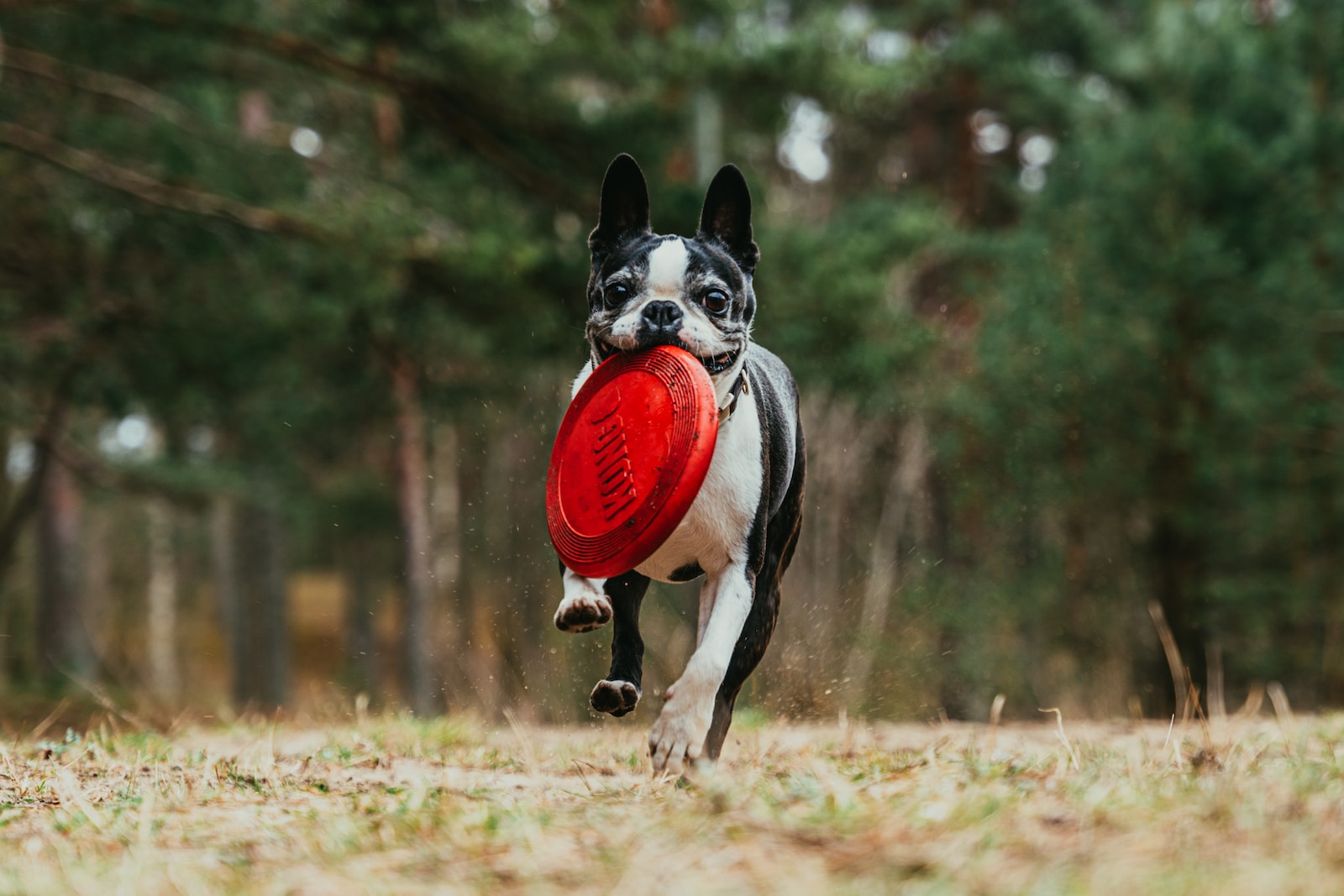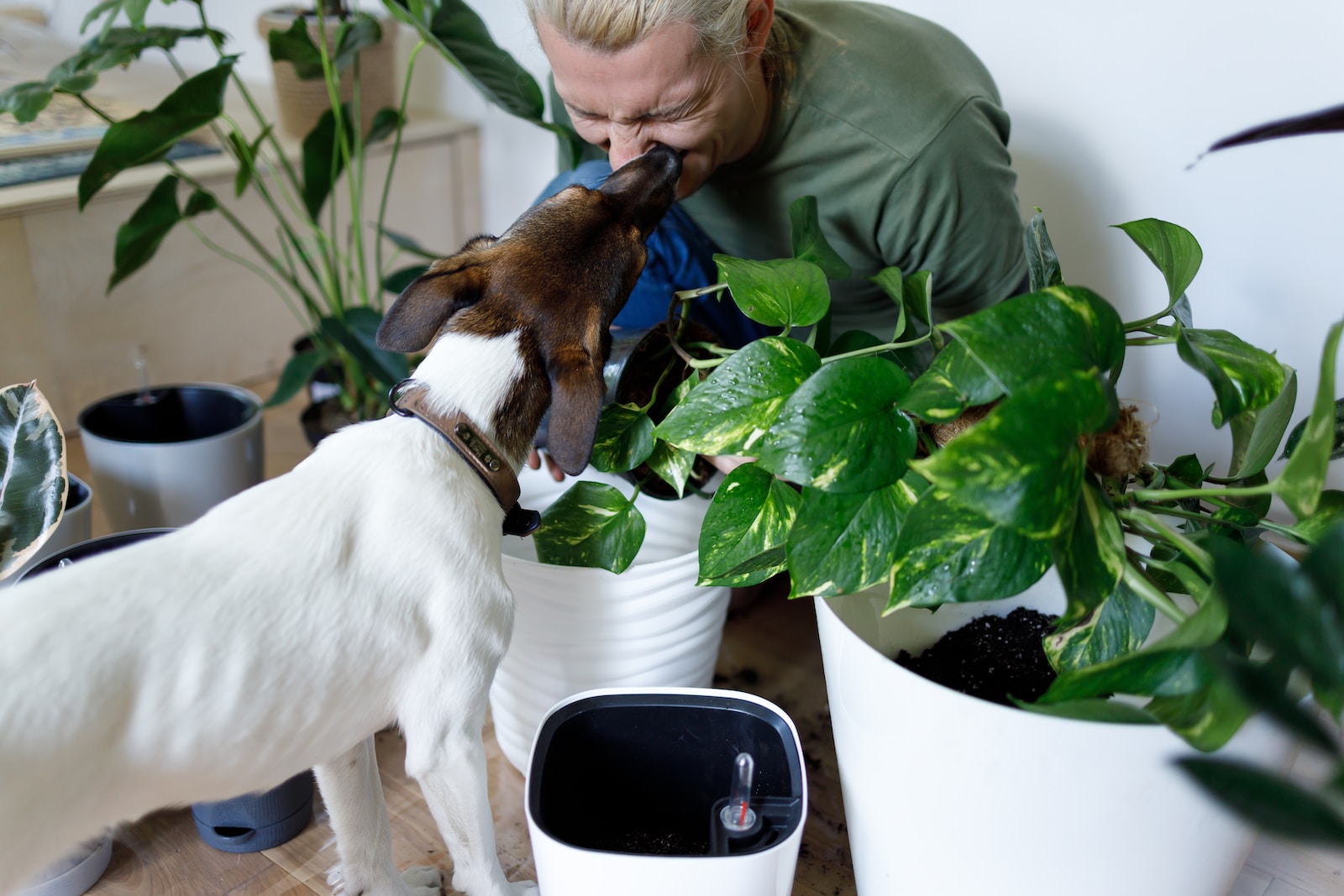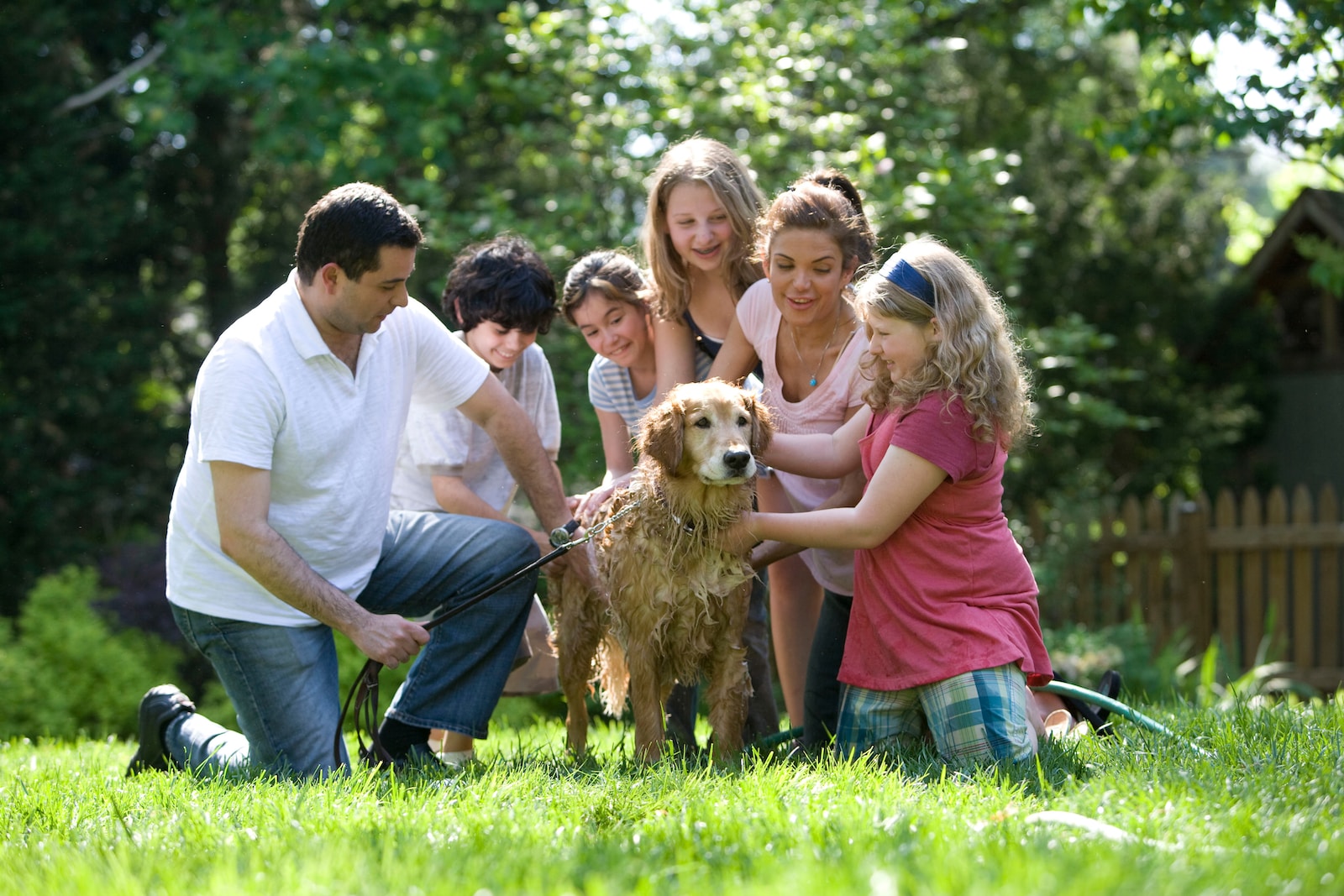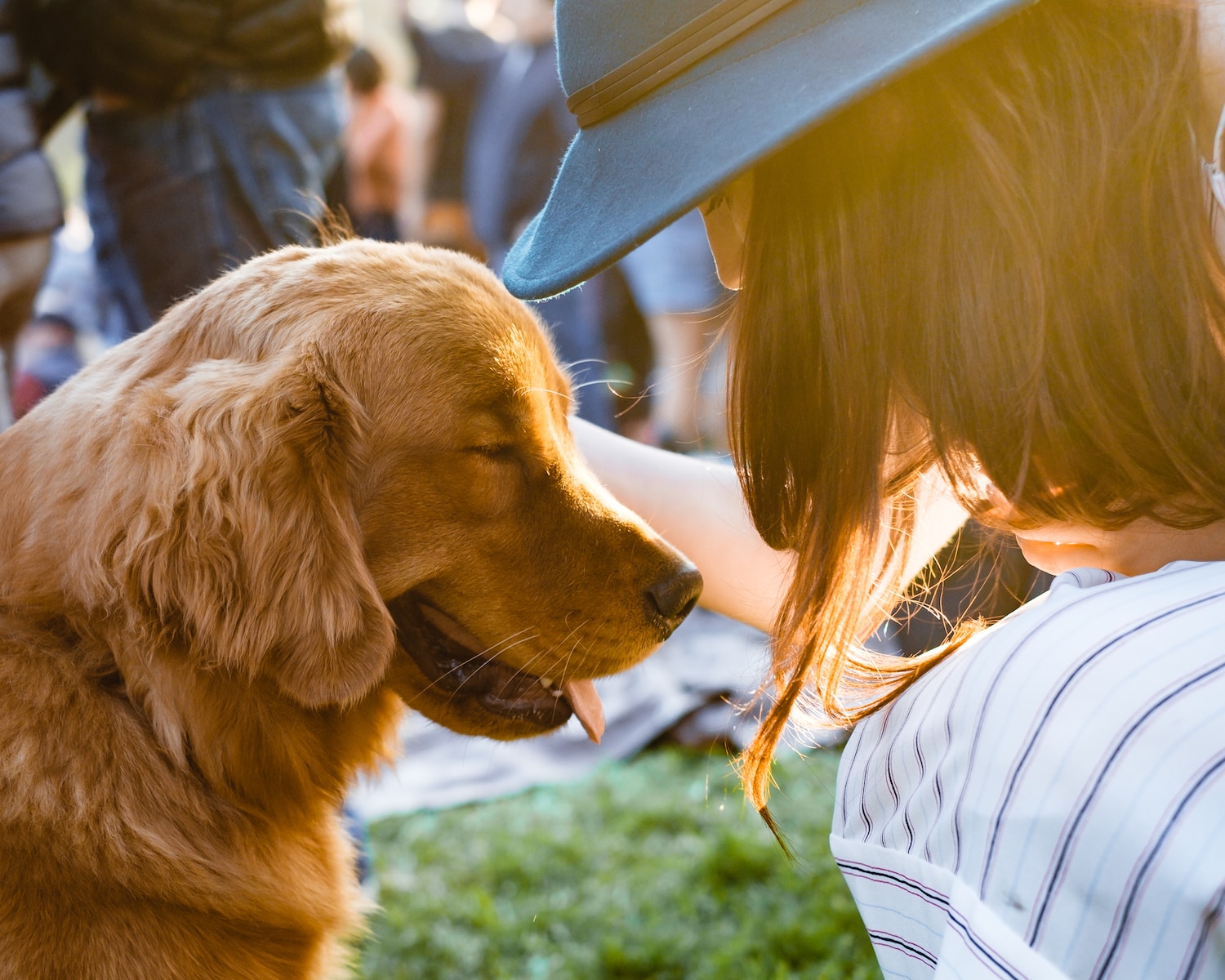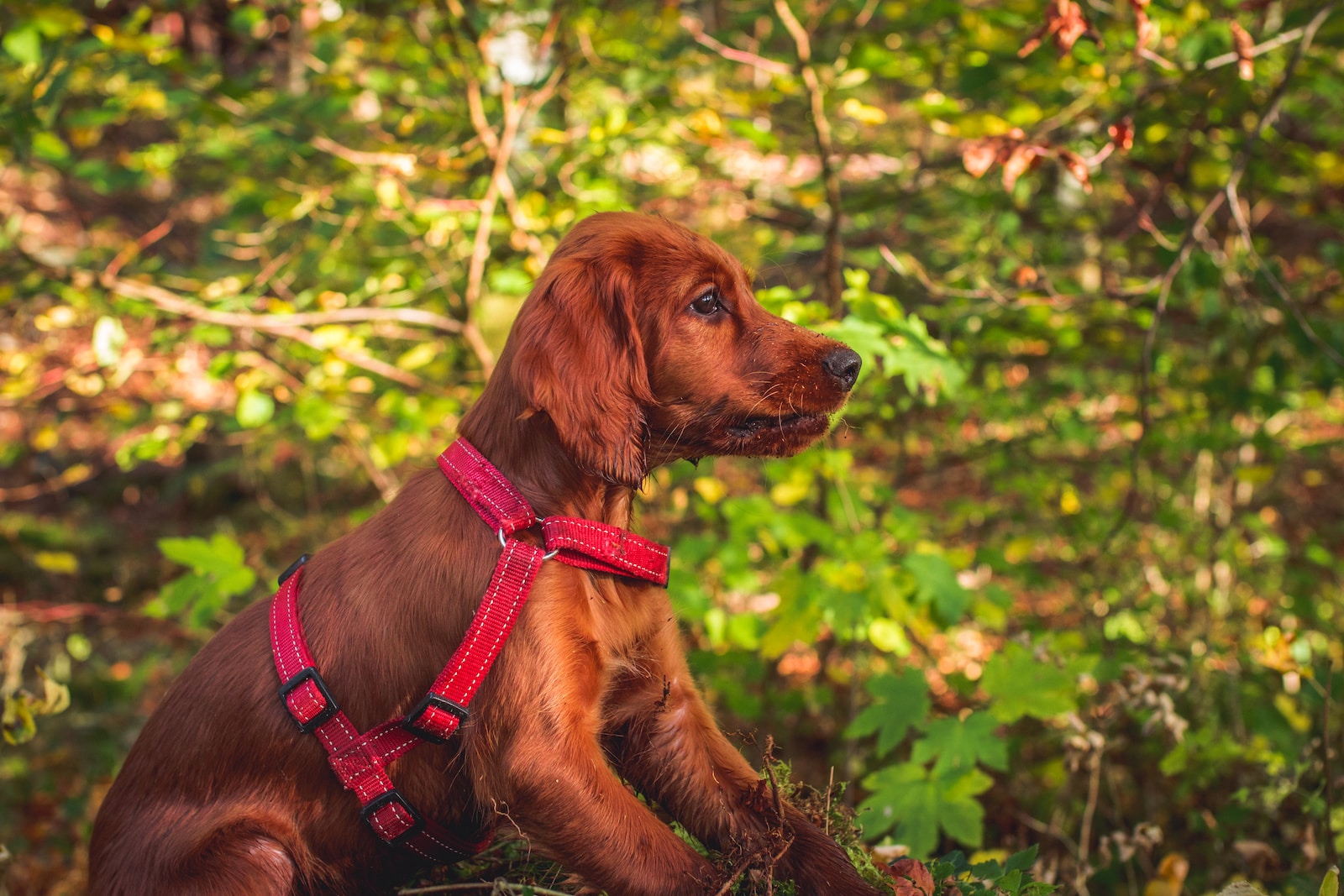Teaching your dog new tricks can be a fun and rewarding experience. It strengthens the bond between you and your furry friend while keeping them mentally stimulated and well-behaved. Whether you have a puppy or an older dog, learning new tricks can be exciting. In this beginner’s guide, we’ll explore simple strategies to help you teach your dog new tricks successfully.
Getting Started with Dog Training
Before diving into teaching new tricks, it’s important to understand some basics. Dogs respond best to positive reinforcement, which means rewarding them for good behavior instead of punishing them for doing something wrong. It’s effective and kind. Your dog will learn that performing a trick brings praise, treats, or playtime.
Start with Basic Commands
Begin by teaching your dog basic commands like sit, stay, and come. These commands provide a strong foundation for more advanced tricks and help you communicate with your dog. Use treats and kind words to encourage them when they do something right. Be patient and practice regularly.
Choosing Tricks for Your Dog
Consider your dog’s breed and abilities when selecting tricks to teach. Some dogs may find certain tricks easier or harder based on their size, shape, and personality. For example, smaller dogs might enjoy learning to roll over or crawl, while larger dogs might be great at fetching or playing dead. Choose tricks that suit your dog’s individuality.
Breaking Down Tricks into Steps
To make training easier, break down each trick into smaller steps. For example, if you want to teach your dog to shake hands, start by rewarding them for lifting their paw. Gradually, move on to touching your hand with their paw and finally reward the full handshake motion. This helps your dog understand and progress steadily.
Use Clear and Consistent Signals
When teaching tricks, use clear and consistent cues. Use simple words like “sit,” “roll over,” or “play dead” along with gestures like hand signals or body movements. By using the same signals every time, your dog will learn to associate them with specific actions.
Make Training Fun and Engaging
Make sure training sessions are enjoyable for your dog. Use tasty treats as rewards, play with them, and give plenty of praise. Keep training sessions short to maintain their focus and prevent them from getting bored. Observe their progress and adjust your training methods to keep them challenged and interested.
Teaching your dog new tricks can be a wonderful experience. By understanding the basics of dog training, starting with basic commands, choosing tricks suited to your dog, breaking down tricks into manageable steps, using clear signals, and making training fun, you can create a positive learning environment for your dog.
FAQS
How long does it take to teach a dog a new trick?
The time needed varies depending on the trick and your dog’s learning abilities. Some dogs learn quickly, while others may take more time. Patience and consistency are key.
Can older dogs learn new tricks?
Yes, dogs of all ages can learn new tricks. Older dogs may take a little longer, but with patience and gentle training, they can still enjoy learning.
What if my dog doesn’t seem interested in learning new tricks?
If your dog seems uninterested, try making the training sessions more fun. Use tasty treats and toys to motivate them. Also, ensure the training environment is comfortable and free from distractions.
Can I teach my dog multiple tricks at the same time?
It’s usually best to focus on one trick at a time to avoid confusion. Once your dog masters one trick, you can move on to the next.
Are all tricks suitable for all dogs?
Not all tricks are suitable for every dog. Consider your dog’s breed, size, and physical abilities when choosing tricks. Some tricks may not be appropriate for certain dogs due to their limitations.

